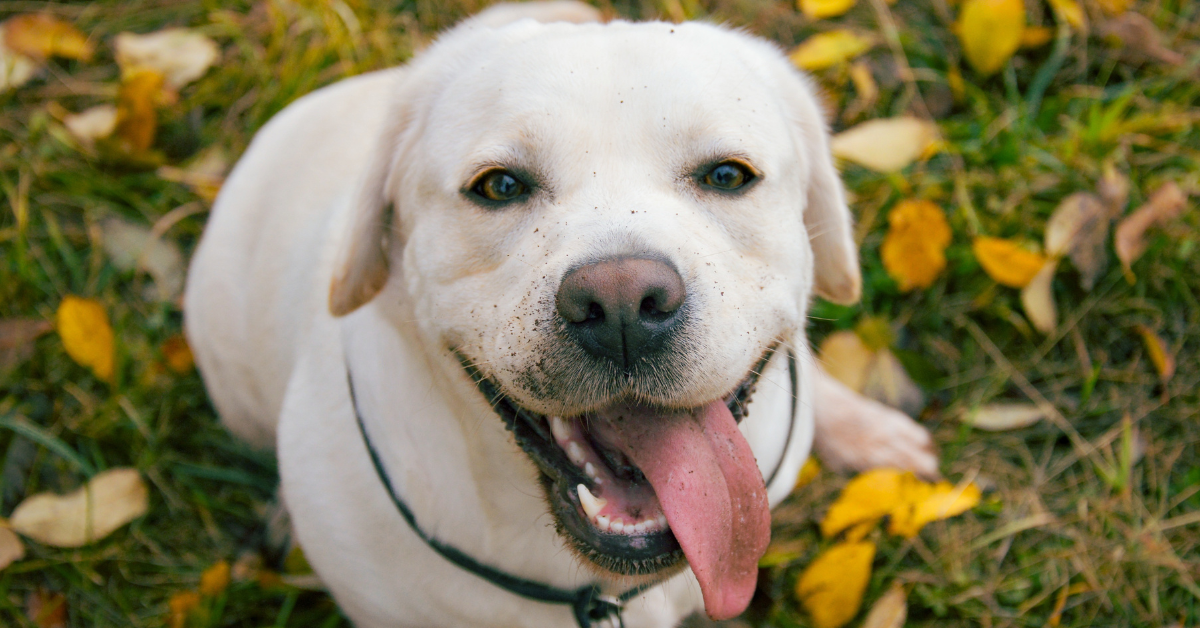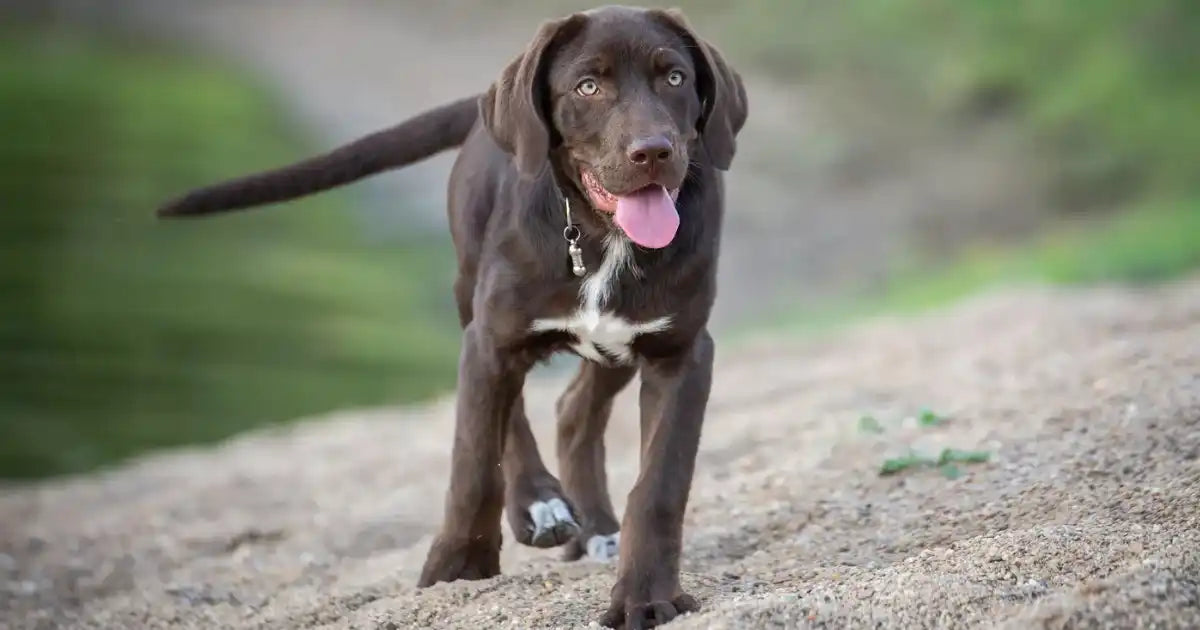
Stop Pulling: Training Your Labrador with a No-Pull Harness
Training Your Labrador with a No-Pull Harness in New Zealand
Labrador Retrievers are known for their boundless enthusiasm, and sometimes, that enthusiasm translates into a strong pull on the lead during walks. While their eagerness is endearing, a pulling Labrador can make walks less enjoyable, potentially cause strain for both dog and owner, and even lead to safety concerns. If you're in New Zealand and your Lab is a strong puller, a no-pull harness can be a game-changer for effective training and more pleasant outings.
Why Your Labrador Pulls and How a No-Pull Harness Helps
Labradors are powerful dogs, and their natural instinct to pull against pressure can be strong. A traditional collar can exacerbate this, as it puts pressure on their neck, often encouraging them to pull even harder. This can lead to coughing, choking, and discomfort for your dog, and a sore arm for you.
A no-pull harness is designed to gently discourage pulling by redirecting your dog's forward momentum. Unlike standard harnesses that clip at the back, no-pull harnesses typically feature a front-clip attachment. When your Lab pulls, the lead attachment at the chest gently turns them to the side, redirecting their attention back to you and making it uncomfortable (but not painful) to continue pulling forward. This encourages them to walk by your side on a loose lead.
Choosing the Right No-Pull Harness for Your Lab
When selecting a no-pull harness for your Labrador, look for durability, comfort, and effective design. EzyDog offers excellent options specifically designed to help manage pulling:
-
EzyDog Crosscheck Harness: This harness is specifically engineered to provide gentle, effective control for dogs that pull. Its unique design helps to stop pulling without causing discomfort, making it an ideal training tool for your Labrador. You can find this and other solutions in our collection of non-pull dog harnesses.
-
EzyDog Chest Plate Harness: While not exclusively a no-pull harness, the Chest Plate Harness offers superior comfort and control due to its ergonomic design. When paired with a front-clip attachment (like the EzyDog upfront D-ring attachment), it can also be very effective in managing pulling by distributing pressure evenly across the chest.
Ensure you choose the correct size for your Labrador. Labs typically require large dog harnesses or XL large dog harnesses. Always measure your dog and consult the sizing guide to ensure a snug, comfortable, and effective fit.
Training Your Labrador with a No-Pull Harness
Introducing a no-pull harness is the first step, but consistent training is key to success:
-
Proper Fit is Crucial: A poorly fitted harness won't work effectively and can cause discomfort. Ensure it's snug but not tight, with enough room for two fingers under the straps.
-
Positive Reinforcement: When your Lab walks nicely on a loose lead, reward them immediately with praise, treats, or a favourite toy. This teaches them that walking without pulling earns them good things.
-
Start Short and Sweet: Begin with short training sessions in a low-distraction environment. As your Lab gets the hang of it, gradually increase the duration and introduce more distractions.
-
Change Direction: If your Lab starts to pull, immediately change direction. This unexpected movement will cause them to lose balance and re-focus on you. The no-pull harness will assist in this redirection.
-
Consistency is Key: Everyone who walks your Labrador should use the no-pull harness and follow the same training methods. Consistency helps your dog understand what's expected of them.
Complementary Training Tools
To further enhance your training efforts, consider these EzyDog products:
-
Dog Leashes: Pair your no-pull harness with a high-quality leash. Our dog leashes collection offers various options, including the Zero Shock Leash, which absorbs sudden jolts, making walks more comfortable for both of you. For training, a longer dog training leash can be beneficial in open spaces.
-
Treat Bags: Keep treats readily accessible with a SnakPak training treat bag to reward good behaviour instantly.
-
Dog Collars: While the harness is for walks, a comfortable dog collar is still essential for identification tags.
By combining the effectiveness of an EzyDog no-pull harness with consistent positive reinforcement training, you can transform your walks with your Labrador from a tug-of-war into an enjoyable experience for both of you. Explore our full range of dog training essentials and take the first step towards happier, more controlled walks with your beloved Lab.






Leave a comment
This site is protected by hCaptcha and the hCaptcha Privacy Policy and Terms of Service apply.